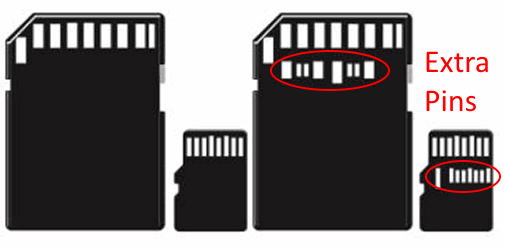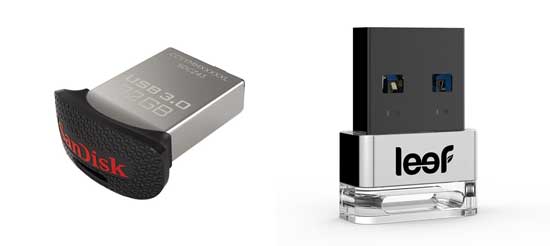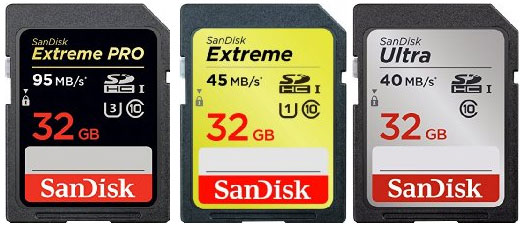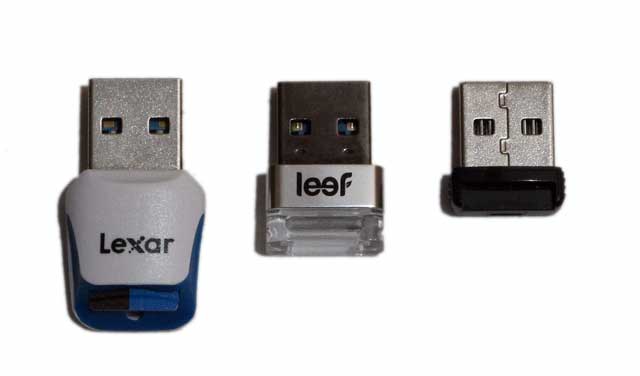For those of you not in the know, most current SD cards implement an Ultra High Speed bus (which is abbreviated UHS-I or UHS-1) because it is the 1st version of this bus. It has a maximum transfer rate of 104MB/sec. Since there are some cases which require higher transfer speeds, the SD card consortium has created a new bus called UHS-II (or UHS-2.) The difference is two-fold:
- UHS-II raises the maximum transfer rate up to 312MB/s.
- UHS-II uses an additional row of pins/contacts to get there.
 This means that UHS-II cards can only be fully utilized if the device using it has physical support for these extra pins/contacts. If the device does not have these extra pins (and that’s pretty much all devices as of 2014), then the SD card will fall back to UHS-I mode.
This means that UHS-II cards can only be fully utilized if the device using it has physical support for these extra pins/contacts. If the device does not have these extra pins (and that’s pretty much all devices as of 2014), then the SD card will fall back to UHS-I mode.


